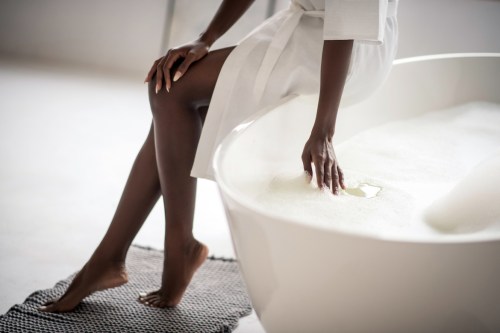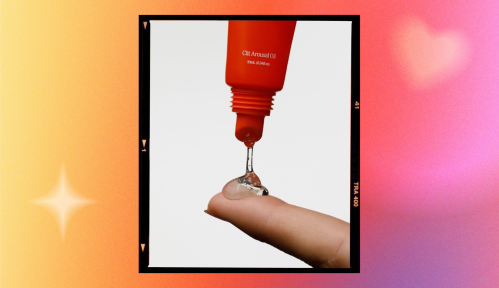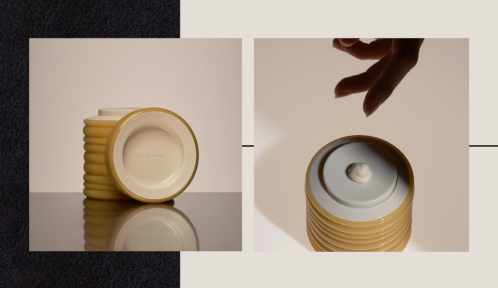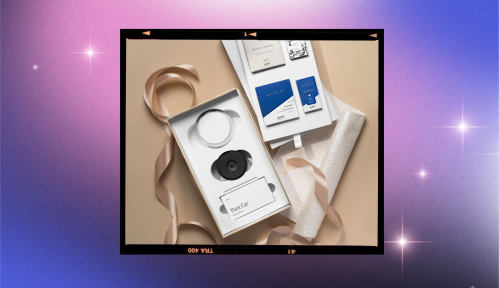Our editors independently select these products. Making a purchase through our links may earn Well+Good a commission
If you’ve endured a long struggle with eczema, chances are, you’ve tried almost every lotion and cream out there. While those products are often effective, the secret to soothing eczema may live in your cleaning supply cupboard, according to Caren Campbell, MD, a board-certified dermatologist in San Francisco. Dermatologists often recommend diluted a bleach bath to treat chronic eczema.
Experts in This Article
board-certified dermatologist in Northern California
“Studies have shown that bacteria—specifically staph aureus—is more plentiful on the skin of patients with eczema, aka atopic dermatitis, especially during flares,” says Dr. Campbell. “Keeping the bacterial load down with bleach baths has been shown to help prevent flares of eczema for some patients with chronic eczema.”
Dr. Campbell says diluted bleach baths are most effective in patients that have a long history of eczema or have eczema over large areas of their skin.
“For patients with chronic, severe eczema, they are born with an impairment in the proteins of the skin that provide a protective barrier that keeps the outside environment out and locks moisture is,” says Dr. Campbell. “The outside environment includes the bacteria on our skin, so patients with this impaired barrier are more sensitive to overgrowths or imbalances in the normal skin flora.”
Bleach baths for eczema should be taken twice a week for at least a month straight, says Dr. Campbell. She notes that while some research shows that plain baths (over showers) have comparable effects to eczema treatment, others show that bleach baths are more effective. “Adding the bleach certainly doesn’t hurt anything,” says Dr. Campbell. “So in my opinion, you should err on the side of putting a little in a bath if you have more severe chronic eczema or take baths over showers at least two times per week.”
When taking a bleach bath for eczema it’s important that the bleach is thoroughly diluted. When following proper ratios, a bleach bath will not hurt or sting. Before drawing yourself a bleach bath for eczema, consult with your doctor.
How to draw a bleach bath for eczema, according to a dermatologist
1. Pick the correct bleach
When taking a bleach bath, it’s best to use regular unscented household bleach (6.15 percent sodium hypochlorite). “Do not use fragranced bleach as you could be allergic to the fragrance,” says Dr. Campbell. “Allergies of the skin are more common in eczema patients because they let too much of the outside environment in.”
2. Measure out the bleach
If filling your bathtub halfway, say for a more shallow soak, Dr. Cambell says to mix in 1/4 cup of bleach. If taking a bath in a full tub (about 40 gallons of water), add 1/2 cup of bleach.
3. Set the mood
As important as the bleach on its own, you also want to use this time to wind down. Light a candle and queue up some relaxing tunes.
“Socioeconomic factors and mental health comorbidities are strongly correlated with eczema, so taking time to relax and practice stress-reducing mindfulness techniques like taking a bath with calm music or a meditation plays a role in and of itself.”
4. Bathe for five to 10 minutes
For your bleach bath to be effective, Dr. Campbell says to stay in for five to 10 minutes. (This is also the longest amount of time you should spend in any bath to prevent the evaporation of water from the skin, thus causing even more dryness.)
5. Follow up with a thick moisturizer
“When you get out of the shower or bath, this is the best time to apply a thick moisturizer with ceramides, the proteins that lock moisture into the skin) like CeraVe Moisturizing Cream ($10) or Cetaphil Pro Restoraderm ($14) that contain filaggrin, the protein that helps also with the skin’s barrier and is often mutated in patients with eczema.”

CeraVe Moisturizing Cream — $10.00
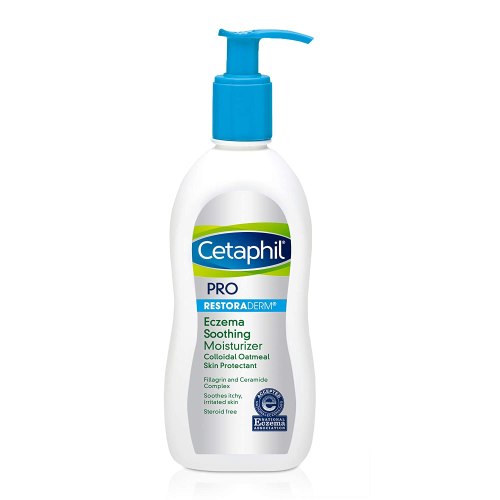
Cetaphil Pro RestoraDerm Eczema Soothing Moisturizer — $14.00
Here, a derm shares her five favorite ingredients for dry skin:
Oh hi! You look like someone who loves free workouts, discounts for cult-fave wellness brands, and exclusive Well+Good content. Sign up for Well+, our online community of wellness insiders, and unlock your rewards instantly.
Sign up for the Well+Good SHOP Newsletter
Get exclusive deals on wellness, beauty, fitness, and food products that have been hand-picked by our editors.
Got it, you've been added to our email list.
